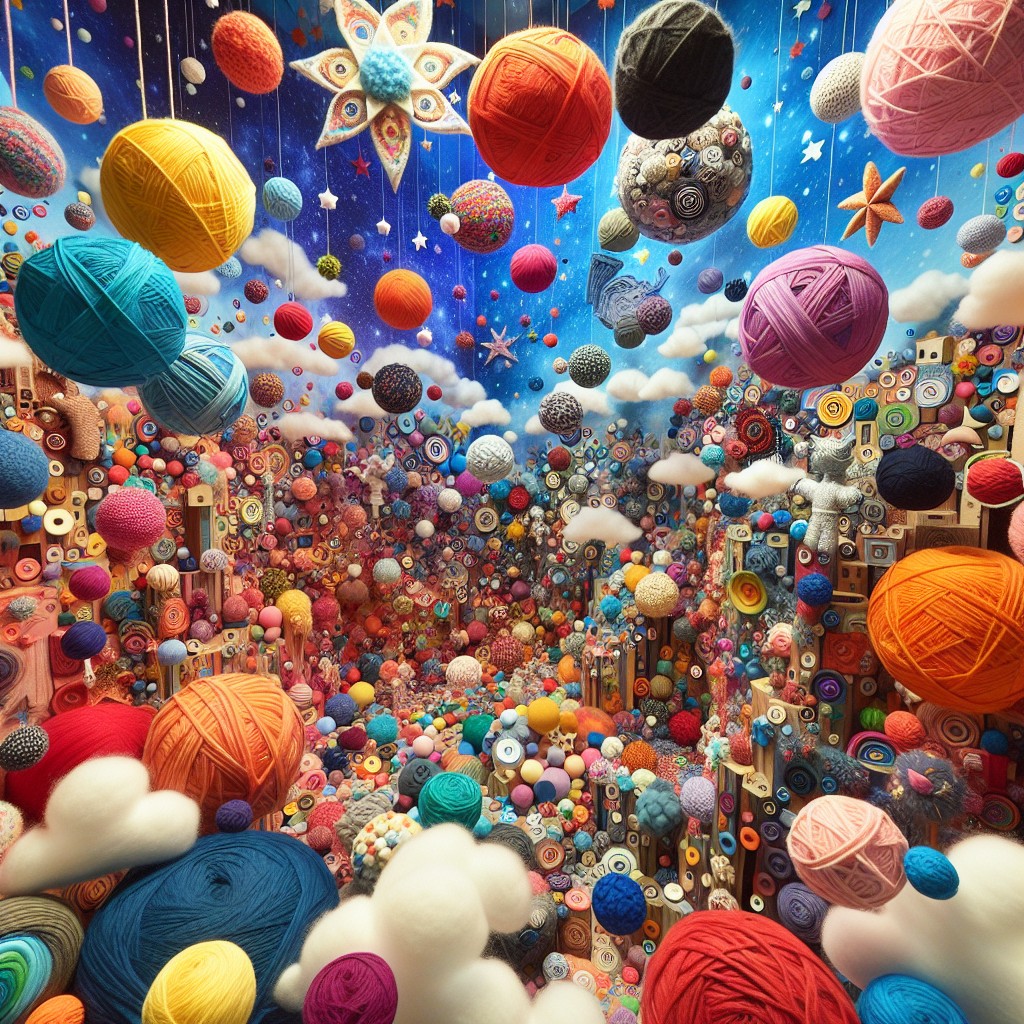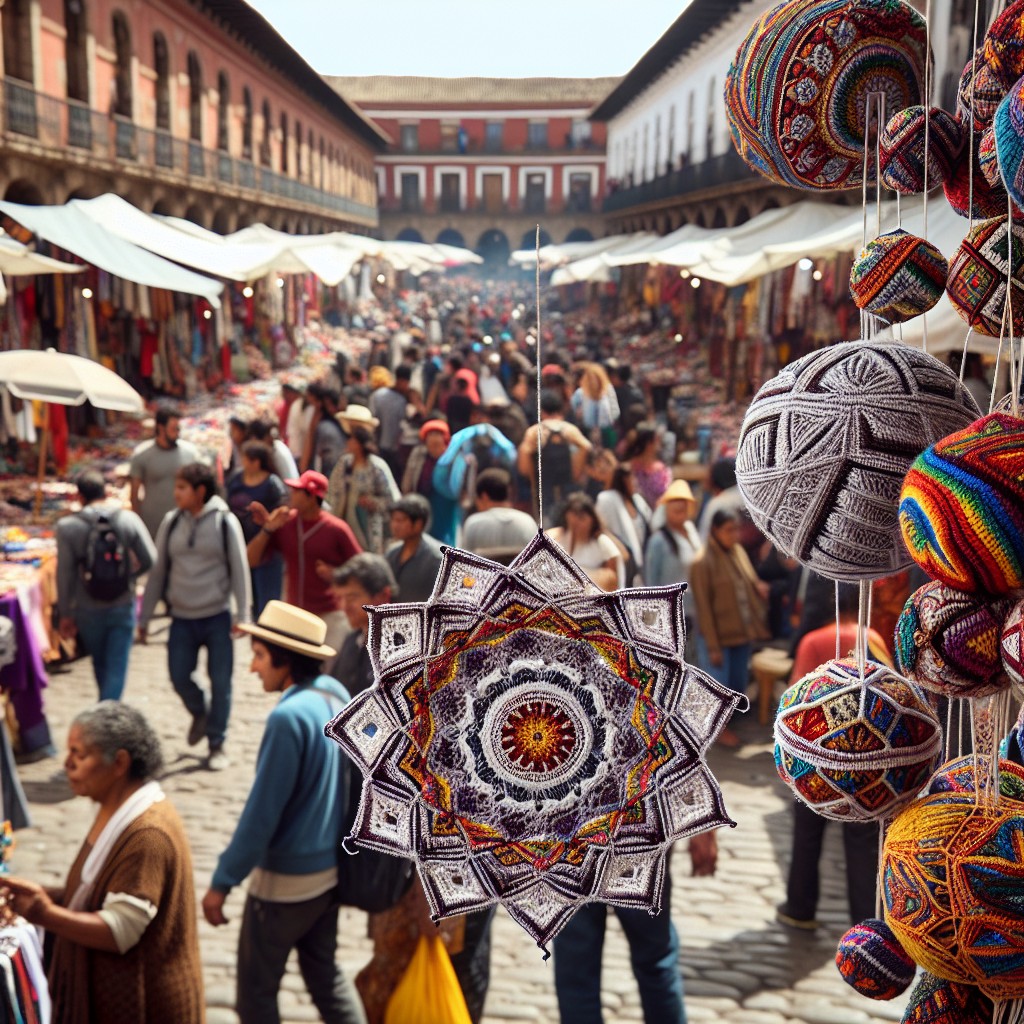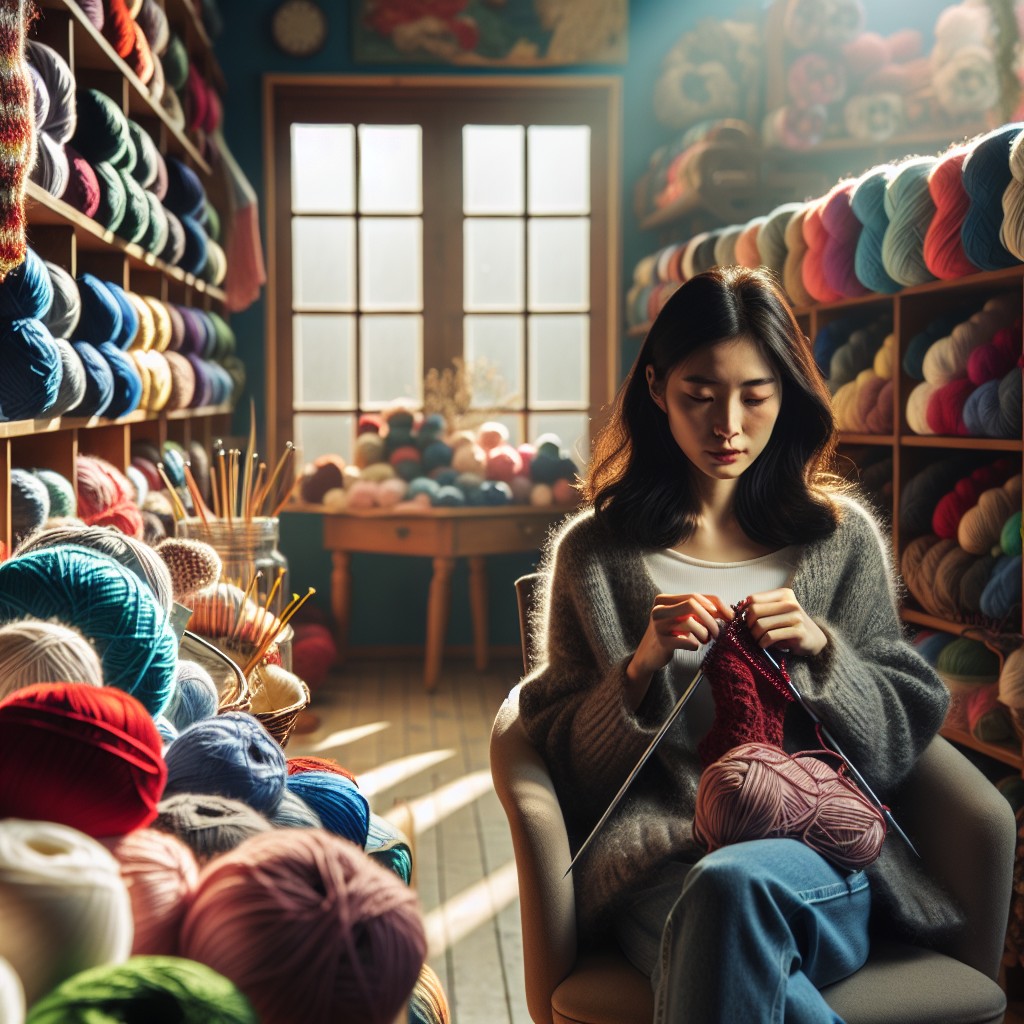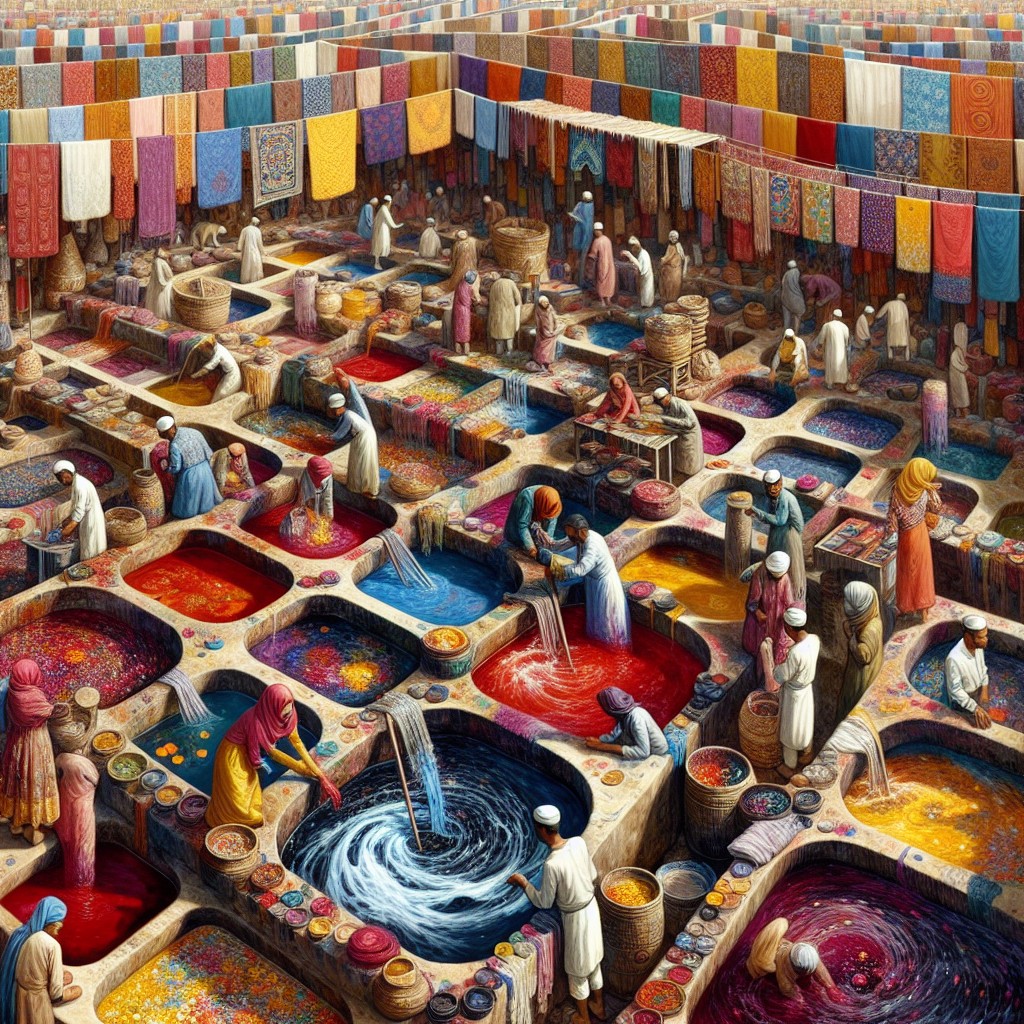Dive into the intriguing world of yarn fiber as we unravel fascinating statistics that highlight its significance in the textile industry.
Diving into the world of yarn crafts, understanding yarn fiber statistics can be a game changer. Whether it’s crocheting a cozy blanket or knitting a stylish sweater, the type of fiber you choose directly impacts the final product’s durability, comfort, and care requirements.
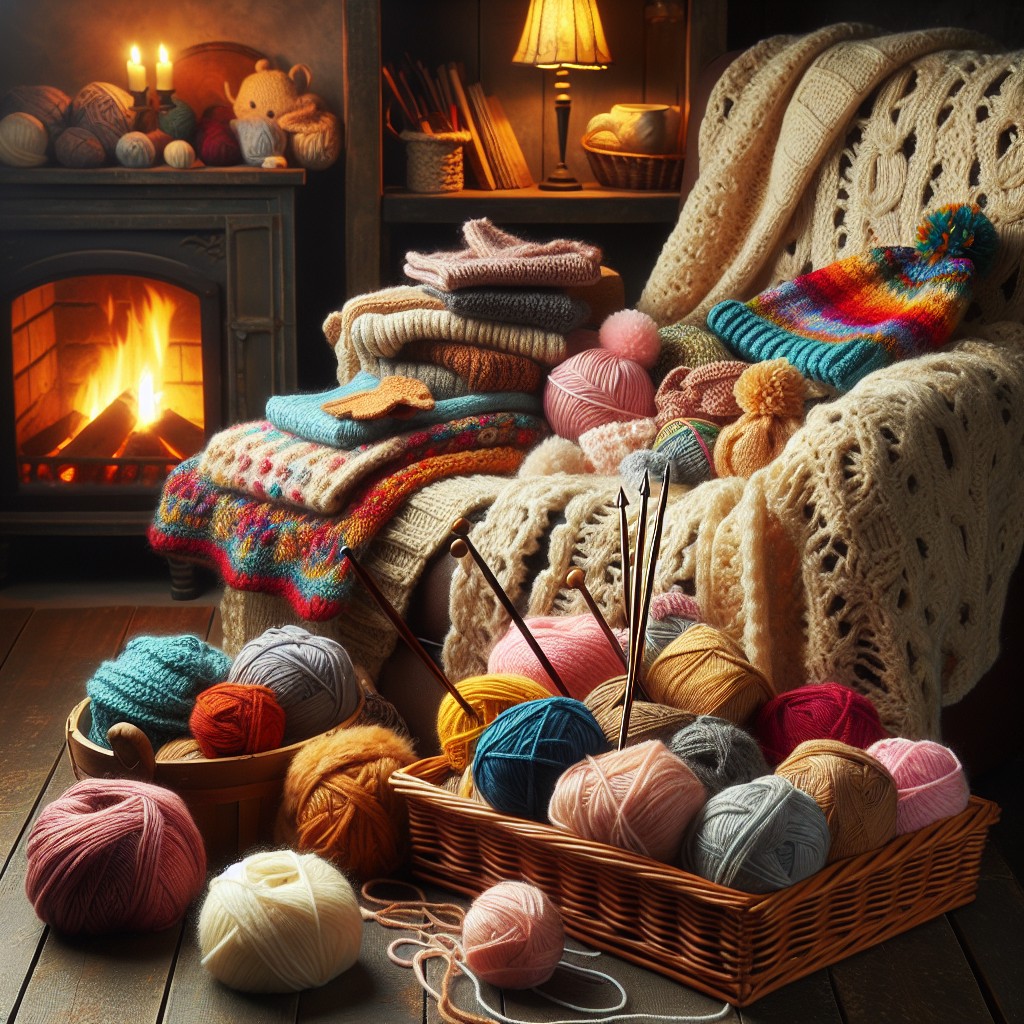
In this article, we’ll explore the fascinating statistics of various yarn fibers such as wool, cotton, silk, and synthetic fibers. We’ll delve into their unique properties, uses, and the global market statistics.
So, if you’re looking to make an informed decision on your next yarn purchase or simply curious about the yarn industry, this comprehensive guide has all the details you need.
World production for natural fibers in 2023 is forecast at 33 million tons
Forecasting trends indicate 2023 will witness a significant escalation in the global production of natural fibers, pegged to reach up to 33 million tons.
This considerable hike is attributed to the growing demand for sustainable and eco-friendly materials across various industries, notably textiles.
From cotton and wool to silk and flax, these renewable fiber sources continue their upswing in popularity, which is reflected in these robust projections.
The yarn fiber market is expected to grow by $138.91 bn by 2027
This robust economic forecast has several motivating factors. Chief among them is the escalating consumer preference for fashionable and diversified textile products.
Besides, the advent of advanced technologies, including the simple and fast loom, has spurred production efficiencies, making yarn fibers more accessible to different markets.
Eco-friendly yarn fibers, such as organic cotton and other biodegradable materials, have also gained significant traction, catering to growing sustainability consciousness.
Lastly, the rampant growth of online platforms has given a substantial push to yarn fiber sales, linking producers and consumers globally.
Rising disposable income is the main driver of the yarn market
With increasingly more money to spend on personal interests and hobbies, consumers are fueling a strong growth trajectory in the yarn market. Recent studies project that increased disposable income levels, especially in rapidly developing economies, are encouraging more people to explore yarn crafts. In fact, higher income households tend to devote a sizable portion of their budget toward crafts like knitting, crochet, and weaving, all of which necessitate a steady supply of yarn fibers.
Additionally, this trend is not limited to crafting for personal use or gifts. Many are monetizing their skills by selling their creations, thereby contributing to a cycle of continuous demand for yarn products.
The yarn fiber market is expected to grow at a CAGR of 6.0% by 2027
Forecasts indicate significant expansion in the yarn fiber market in the next five years. A Compound Annual Growth Rate (CAGR) of 6.0% is projected, suggesting a robust increase in demand. Key contributing factors include advancements in synthetic fiber production technology and a revitalized interest in handicrafts like knitting and crocheting.
This steady growth is not just a promising sign for industry giants, but also for small enterprises, artisans, and hobbyist crafters. Increased market demand can open doors for new opportunities, innovative products, and even more sustainable practices in the future.
Knitting a yarn for half an hour burns 55 calories
One may not immediately associate crafting with physical health benefits, but it’s more than just a tranquil pastime. Despite its sedentary nature, knitters do burn calories. Meticulous stitches along with the gentle yet continuous movement of the hands and fingers work in unison, aiding in the overall calorie burn.
While it may not compare to an intense gym workout, a 30-minute knitting session can shed 55 calories. This can be a great addition to your daily calorie burn routine, particularly for individuals leading a more sedentary lifestyle.
Every little bit counts when it comes to maintaining a balanced lifestyle – so why not craft your way to wellness?
Studies show that over 45 million Americans know how to knit yarns or crochet
As the popularity of knitting and crocheting continues to rise in America, an astounding 45 million individuals across the nation have already mastered these techniques.
The skills have transcended generations, allowing for a diverse array of creative applications, from clothing and home decor to gifts and personal accessories.
With the availability of online resources and community classes, people of all ages are discovering, or rediscovering, the joy and satisfaction derived from manipulating yarn into intricate designs.
This growing trend emphasizes the enduring appeal of these traditional craft forms.
According to the Craft Yarn Council’s Tracking Study, 74% of knitters use Ravelry
Ravelry, a popular online platform serving as a knitter’s database and forum, plays a dominant role in the fiber arts community. Based on findings from the Craft Yarn Council’s Tracking Study, an astounding 74% of knitters elect to utilize this site. It serves as a one-stop hub for patterns, yarn reviews, and resource sharing.
As a testament to its popularity, the figures of usage reach a striking majority, indicating its crucial role within the knitting community. With its user-friendly design and diverse offerings, it’s understandable why so many knitters regularly turn to Ravelry.
The average knitter knits around 20-30 stitches per minute
With a steady pace, an individual engaged in knitting can typically complete between 20 to 30 stitches per minute.
This speed can vary considerably depending on several factors including skill level, the complexity of the stitch, and the type of yarn being used.
Keep in mind, however, that speed is not always crucial. Above all, the focus should be on creating accurate and uniform stitches to ensure a high-quality completed project.
The US is the 8th country in the world with the most knitters
According to the global distribution of yarn crafters, the United States ranks eighth. The strong crafting culture and a vast population contribute to this high position.
This prevalence of knitting and crocheting in the US results in a higher demand for yarn fibers, influencing the global yarn market.
The US, with its numerous knitting communities and prominent online presence, amplifies the popularity of this age-old craft, encouraging a steady influx of new practitioners.
Idaho is the state with most knitters in the country
Boasting the highest concentration of knitters, Idaho stands out in the United States’ yarn crafting scene.
This distinctive profile emerges from data gathered on purchasers of knitting and crocheting materials, combined with reports from regional crafting groups and shops.
The thriving knitting culture turns corners of this state into vibrant yarn crafting hubs, keeping the tradition thriving and connecting generations.
This significant concentration of knitters contributes to the overall market growth of yarn and fiber sales across the country.
References:
- https://www.textiletechnology.net/
- https://www.thebusinessresearchcompany.com/
- https://brownsheep.com/
- https://knitlikegranny.com/

